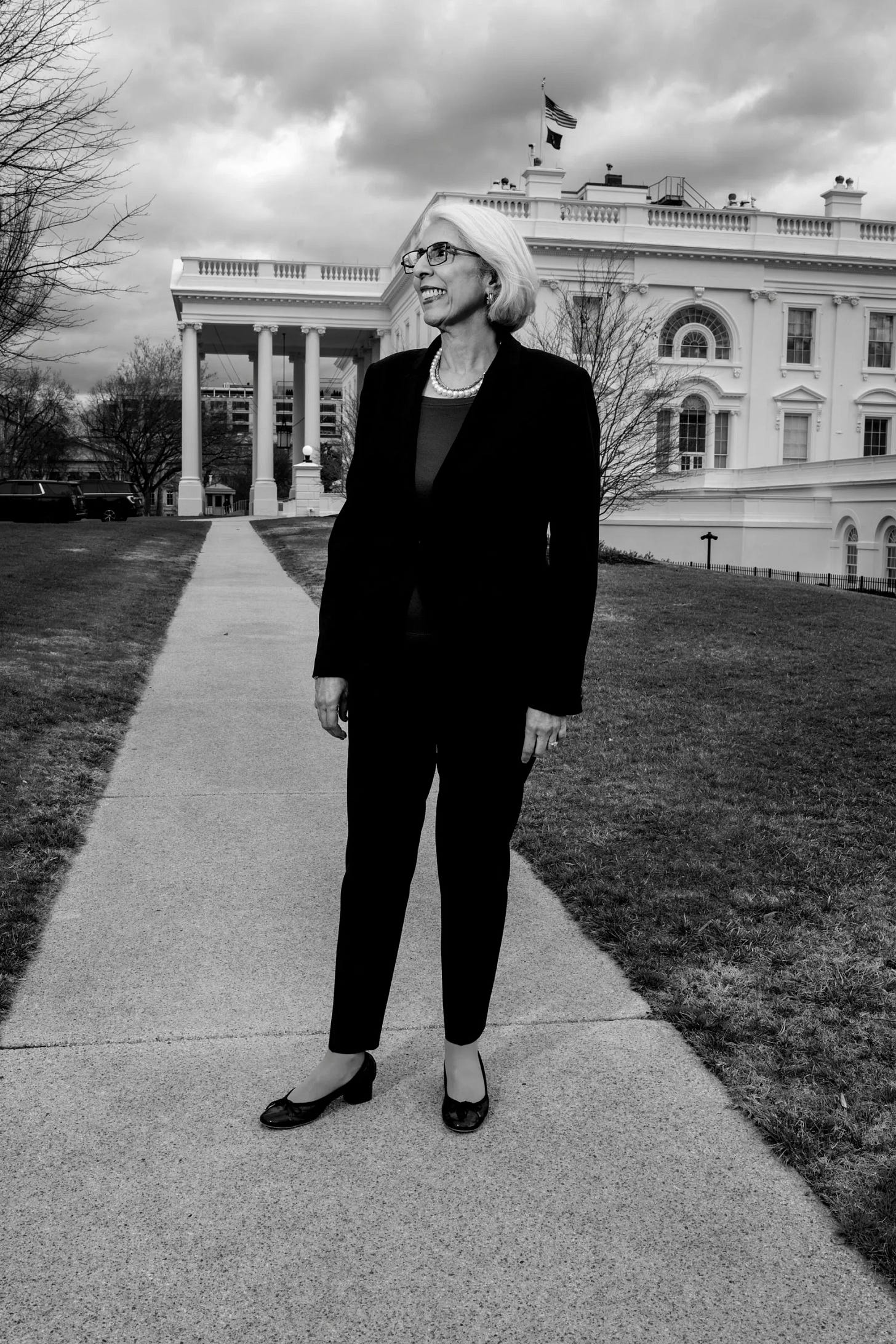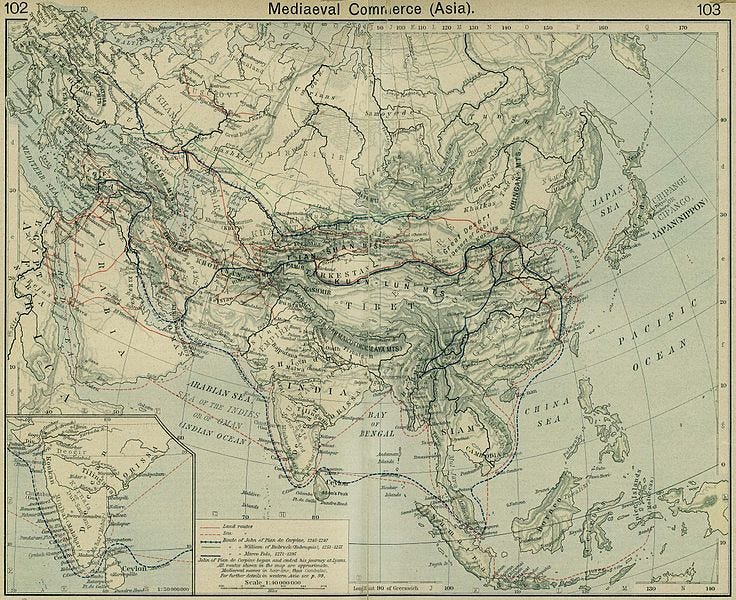“More than 2,000 years after Plato died, the towering figure of classical antiquity and founder of the Academy, regarded by many as the first university in the west, can still make front-page news. Researchers this week claimed to have found the final resting place of the Greek philosopher, a patch in the garden of his Athens Academy, after scanning an ancient papyrus scroll recovered from the library of a Herculaneum villa that was buried when Mount Vesuvius erupted in AD79. The project belongs to a new wave of efforts that seek to read, restore and translate ancient and even lost languages with cutting-edge technologies. Armed with modern tools, many powered by artificial intelligence, scholars are starting to read what had long been considered unreadable. ‘It’s going to have a huge impact,’ said Dr Kilian Fleischer, a papyrologist who worked on The History of the Academy, the scroll that revealed details of Plato’s life. ‘There will be scrolls that will be read with these new techniques that contribute to our knowledge of antiquity, and to our knowledge of literature in general’ … The History of the Academy, written by the epicurean philosopher Philodemus from the first century, has been studied for many years and modern editions exist. The researchers’ goal was to produce a more comprehensive edition. It’s no easy task when the scroll is in pieces from being unrolled and the papyrus as black as the ink written on it. Substantial portions of text are faded, missing or illegible. Prof Graziano Ranocchia, project leader at the University of Pisa, used hyperspectral imaging to illuminate the scroll fragments with broadband infrared light. The images reveal letters that are invisible to the naked eye, giving scholars crucial clues as to the missing words. Fleischer likens it to completing a crossword or the game hangman: sometimes it takes only a single letter to be confident of the answer. ‘It’s a wonderful feeling, this moment of reading something new and knowing this was information other researchers have wanted for decades or centuries,’ Fleischer said. ‘We are travelling back and seeing text which hasn’t been read for 2,000 years.’” (Ian Sample/The Guardian)
“ONE DAY IN March 2023, Arati Prabhakar brought a laptop into the Oval Office and showed the future to Joe Biden. Six months later, the president issued a sweeping executive order that set a regulatory course for AI. This all happened because ChatGPT had stunned the world. In an instant it became very, very obvious that the United States needed to speed up its efforts to regulate the AI industry—and adopt policies to take advantage of it. While the potential benefits were unlimited (Social Security customer service that works!), so were the potential downsides, like floods of disinformation or even, in the view of some, human extinction. Someone had to demonstrate that to the president.The job fell to Prabhakar, because she is the director of the White House Office of Science and Technology Policy and holds cabinet status as the president’s chief science and technology adviser; she’d already been methodically educating top officials about the transformative power of AI. But she also has the experience and bureaucratic savvy to make an impact with the most powerful person in the world.Born in India and raised in Texas, Prabhakar has a PhD in applied physics from Caltech and previously ran two US agencies: the National Institute of Standards and Technology and the Department of Defense’s Advanced Research Projects Agency. She also spent 15 years in Silicon Valley as a venture capitalist, including as president of Interval Research, Paul Allen’s legendary tech incubator, and has served as vice president or chief technology officer at several companies. Prabhakar assumed her current job in October 2022—just in time to have AI dominate the agenda—and helped to push out that 20,000-word executive order, which mandates safety standards, boosts innovation, promotes AI in government and education, and even tries to mitigate job losses. She replaced biologist Eric Lander, who had resigned after an investigation concluded that he ran a toxic workplace. Prabhakar is the first person of color and first woman to be appointed director of the office.” (Steven Levy/WIRED)_
“Just as the sun begins to rise over the Gros Ventre mountain range, headlights from a line of 125 vehicles snake through the hills into the Bridger-Teton National Forest. Hundreds of people have come to hike the sagebrush-dotted hills in search of fallen elk antlers. In a scene similar to a Black Friday rush, fans are waiting for the start of the first day of antler-collection season in Jackson. When the gates open, they’ll begin their frenzied pursuit, trying to beat the competition to pick up the largest ‘sheds.’ ‘Everybody runs to the base of the hill and then everyone’s bending over, darn near puking because no one’s in shape and no one’s ready for the craziness,” said Dylan Heide, 25, a real-estate agent in Casper, Wyo. He makes the trip to Jackson with friends annually. This year, his wife, father, and grandfather all participated. Animals such as elk, deer, and moose naturally shed antlers every winter, leaving bony treasures scattered along the slopes and valleys where they roam. ‘You pick ‘em up and you can hardly believe that that thing was on that animal’s head for months on end. And that they grew that in one season, kind of like how we grow a fingernail,’ said Todd Stiles, district ranger for the Jackson district of the Bridger-Teton National Forest. “Shed hunting,” the practice of picking up these discarded antlers, peaks in the forests surrounding Jackson, home to the National Elk Refuge. An average of 7,500 elk winter on the 24,700 acre refuge, according to National Elk Refuge project leader Frank Durbian. Antler collection is illegal on the refuge or in national parks year-round, and prohibited on public lands in Wyoming west of the Continental Divide from December until May, to protect wintering animals from the stress of human presence, according to Stiles.” (Angela Owens/WSJ)
“At least until the spring of 1221, Merv, now in Turkmenistan, from which the tiny eggs of Bombyx mori had moved to Persia and the lands to its west, was still a most splendid city. Around March 6 of that year, it ceased to be so. Genghis Khan had taken its golden throne and ordered the city burned to the ground. Its sweet watermelons were no longer cut into strips and dried on its washing lines; scholars put down their pens and abandoned its libraries; astronomers scattered from the observatory; poets forgot their words; and weavers left their looms still interlaced with unfinished fabrics of silk and cotton and ran from their workshops along the still waters of the Majan Canal. All Mongol soldiers were issued a decree from the khan such that each was to end the lives of three to four hundred distraught souls. ‘That city,’ it was said, ‘which had been embellished by great men of the world, became the haunt of hyenas and beasts of prey.’ Smoke rose over its palaces and groves, gardens and streams. Books that had held the learnings of centuries blackened and curled in the intense heat, before crumbling into ash.” (Aarathi Prasad/ Lit Hub)
“From its earliest days, the Soviet Union’s intelligence services — whether known as the Cheka or by the names of any of its successor agencies like the KGB — kept the government in power by pursuing its opponents no matter where they lived. Intelligence experts say that policy is still followed by Russian President Vladimir Putin, himself a product of the KGB who does not disguise his scorn for perceived traitors, defectors and other political enemies abroad. The Kremlin has routinely denied involvement in such attacks. The Cheka secret police, founded by Felix Dzherzhinsky, often used assassins to hunt down enemies of the Bolshevik Revolution. Security expert Andrei Soldatov said the work of the Kremlin’s intelligence services, then and now, has been defined by threats from dissidents abroad. Perhaps the Cheka’s most successful undertaking in the 1920s was ‘Operation Trust,’ which focused on Russians living abroad who opposed the regime, he said.” (Emma Burrows/AP)
“Russian military personnel have entered an air base in Niger that is hosting U.S. troops, a senior U.S. defense official told Reuters, a move that follows a decision by Niger's junta to expel U.S. forces. The military officers ruling the West African nation have told the U.S. to withdraw its nearly 1,000 military personnel from the country, which until a coup last year had been a key partner for Washington's fight against insurgents who have killed thousands of people and displaced millions more. A senior U.S. defense official, speaking on condition of anonymity, said Russian forces were not mingling with U.S. troops but were using a separate hangar at Airbase 101, which is next to Diori Hamani International Airport in Niamey, Niger's capital. The move by Russia's military, which Reuters was the first to report, puts U.S. and Russian troops in close proximity at a time when the nations' military and diplomatic rivalry is increasingly acrimonious over the conflict in Ukraine. It also raises questions about the fate of U.S. installations in the country following a withdrawal. ‘(The situation) is not great but in the short-term manageable,’ the official said. Asked about the Reuters report, U.S. Defense Secretary Lloyd Austin played down any risk to American troops or the chance that Russian troops might get close to U.S. military hardware.” (Phil Stewart and Idrees Ali/ Reuters)
“On Wednesday, dozens of US troops left Chad after the country's military leaders raised concerns over their presence ahead of the 6 May elections. Gen Michael Langley told the BBC it was a ‘temporary repositioning’ of troops. Last month, US troops left neighbouring Niger after being ordered out by the country's junta. Russian military instructors have arrived in Niger as part of a new agreement with the military leaders. Several other military-led countries in the Sahel region have also recently strengthened ties with Russia and cut them with France, the former colonial power, as they try to fight an Islamist insurgency in the region. The Sahel region is considered the new global epicentre of the Islamic State group.” ( Aaron Akinyemi & Chris Ewokor /BBC)_
“A growing number of Americans see China as an ‘enemy,’ according to a survey by the Pew Research Center that highlights mounting popular antipathy towards the Asian giant even as political relations appear to stabilize. For the fifth consecutive year, most Americans have an unfavorable view of China, according to Pew. More than 80% of US adults view the nation unfavorably, including 43% who classified their views as ‘very unfavorable.’ Just 6% of Americans see China as a partner to the US, while 50% called it a competitor and 42% an enemy, compared with just a quarter two years ago. Republican voters and right-leaning independents are about twice as likely as their liberal counterparts to hold a very unfavorable view of China and to classify the nation as an enemy of the US. Older Americans are also more critical of China; 61% of adults age 65 and older hold a very unfavorable view.” (Caroline Anders/semafor)
“North Dakota Gov. Doug Burgum (R) on Tuesday called on billionaires to support former President Trump for the sake of their shareholders and the ‘prosperity’ of America. When asked on Fox News’s ‘The Ingraham Angle’ about his message to billionaires across the country, Burgum said, “Well, I wish they had gotten the opportunity to know President Trump the way the first lady and I have, because when you see someone who cares this deeply about this country, what he’s going through, and how he gets up and fights for everyday people in America every day. Ingraham suggested a lot of billionaires are still planning to support President Biden, especially those that are the ‘Wall Street types.’” (Miranda Nazzarro/The Hill)_
“The United States is experiencing an invisible crime spree—by employers. Since 2014, the number of children employed in violation of labor law has quadrupled. Wage theft (i.e., violations of minimum wage and overtime laws) reduces paychecks by an estimated $50 billion per year, or more than half what retail outlets lose from shoplifting. And last year nearly 20,000 charges of unfair labor practices were reported to the federal government, the highest level since 2017. Unlike the property crimes that politicians talk about (which fell 59 percent between 1993 and 2022), violations of labor law are committed by respectable citizens in no danger of criminal prosecution. The penalties they pay are monetary, in the form of fines or mandatory back pay. These penalties are—as the title puts it in a new report prepared by the Democratic staff of the House Education and the Workforce Committee—’a slap on the wrist.’ Violating labor law is, the report notes, a routine cost of doing business.” (Timothy Noah/TNR)
“In the 2010s, (Andrew) Bolton, a lanky, bookish Brit, perfected the fashion blockbuster exhibition, building on a legacy of innovative high-fashion shows at the Met dating back to Diana Vreeland’s tenure there in the ’70s. Bolton’s lavish, Broadway-theater-level productions became must-see public programming … Meanwhile, the playbook at the Costume Institute seems stuck in time and its shows are no longer blockbusters. Before the pandemic, the department’s spring exhibitions were far and away the most attended shows at the Met each year. Three of Bolton’s shows rank among the ten most popular in the history of the museum. After 2019, its spring exhibitions remain well attended but no longer exceptionally so. New York City’s tourism dip isn’t totally to blame. Last summer, an exhibition of van Gogh’s ‘Cypresses’ drew a higher share of total Met visitors than the Costume Institute main event for the year, a Karl Lagerfeld retrospective. A representative for the Met said, ‘We have many highly attended exhibitions, Costume Institute shows being among them.’ Wintour’s Met Gala continues to outdo its own impressive fundraising record. Tickets to the invite-only event now cost around $75,000 per person. Most museums are thrilled to raise a couple million dollars in one night. At last year’s Gala, Wintour raised $22 million. (The party itself cost $6 million.) While much of the Met Gala money goes to the Costume Institute, a portion goes to the general budget of the Metropolitan Museum, where Wintour is a member of the board. On Monday, Wintour will inevitably raise an astonishing amount of money once again, thanks to principal sponsor TikTok and LVMH’s Loewe. But the dollar figures obscure a shift that many in the curatorial community find troubling, though no one wants to admit it publicly: Nearly 15 years after Bolton changed the way museum audiences consider fashion, the Costume Institute is better known for its party than its exhibitions.” (Chantal Fernandez/NYMag)
——————————————————————————







